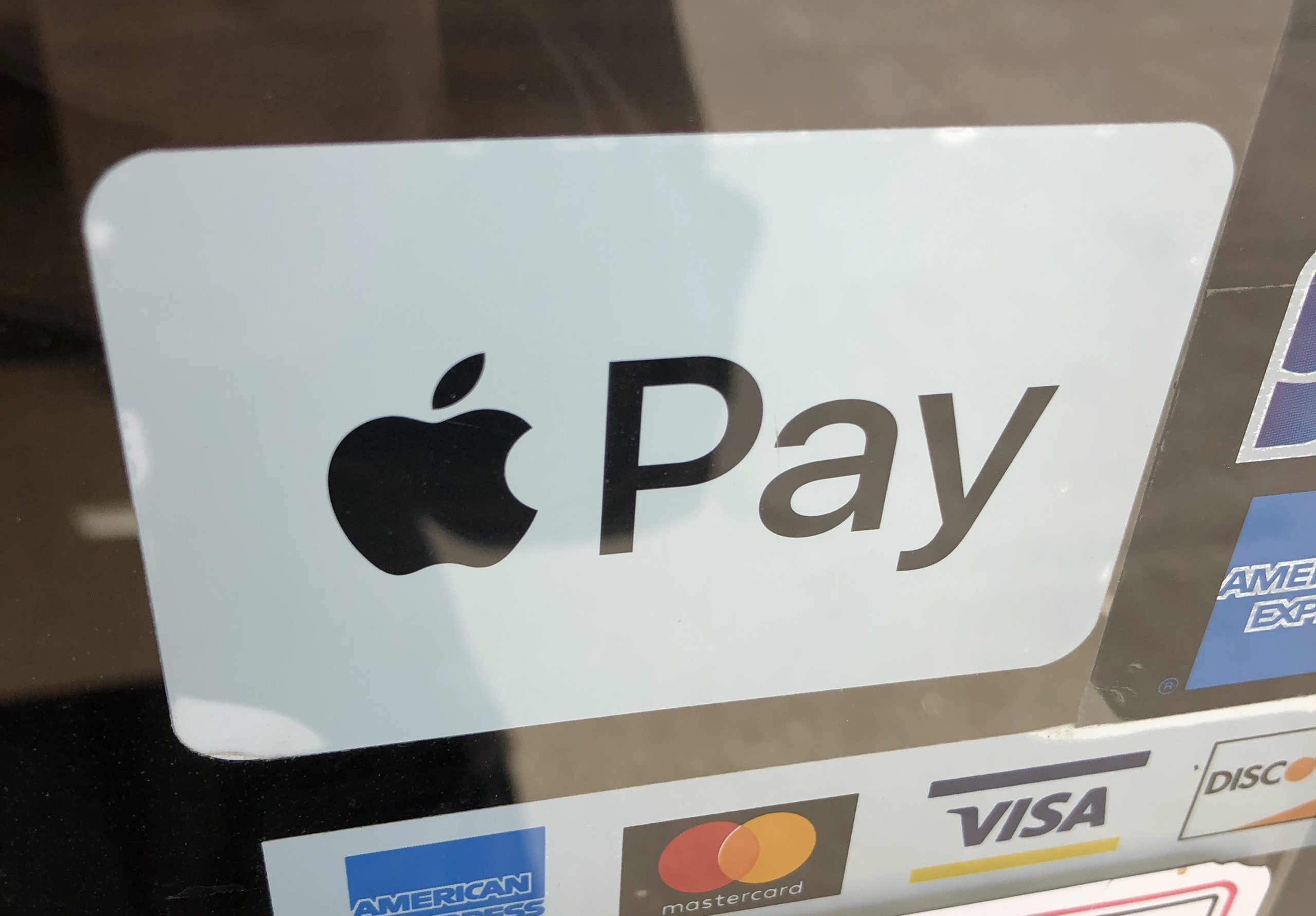It is less than a decade since Apple Pay launched in the UK; however,the intervening years have made it an almost indispensable service for those who transact in the digital world, and, let’s face it, that is practically all of us. The changes in the way in which we buy and sell in physical and virtual stores and spaces have been totally transformed. Many of us no longer distinguish between our digital bank card, Apple Pay and other fintech apps. They are just part of the digital wallet we carry around on our phones and store on our desktop and laptop computers.
When it launched in the UK in 2015, the mobile tech industry and app developers had been working for a long time towards a future where wallets, cash and cards are redundant. While many people were skeptical about how this would happen, we can see today that large sectors of society no longer use cash and plastic cards are regarded as outdated and only there for ‘backup’.
Interestingly, on August 18th, the UK government announced that banks must provide residents with access to cash within three miles of where they live. Figures show that over 5,000 banks and building society branches have closed since January 2015, and a further 200 are set to close by the end of 2023. The government said the Financial Conduct Authority (FCA) Â would ensure banks do not fall below this minimum standard. There is currently a small but noisy backlash against businesses that have instituted ‘card-only’ policies. The FCA is expected to launch a consultation this autumn, and new laws are unlikely to come into force before this time next year.
However, what drives the popularity of Apple Pay and the decline of cash is its simplicity and convenience. In addition, the Covid-19 pandemic meant many businesses ceased to take cash, contactless payment limits were raised, and shoppers became confident using the technology they had been carrying around in their pockets.

When it launched, ApplePay was the simplest NFC (Near Field Communication) payment service to use and secured widespread support from retailers, banks and users. It was accessible on multiple devices and, unlike early fintech solutions like PayPal, could be used for in-store, in-app and online purchases. Effortless security was provided by first thumb and later biometric technology.
Apple Pay became an almost instant success for online purchases. In the past, shoppers needed to find their physical payment card and enter the details (including CVC and expiry date) to make a purchase. Apple Pay store all the information and has a variety of security protocols. This massively simplified making online purchases, from grocery shopping to buying clothes, cosmetics and even high-ticket items like holidays and travel tickets. When shopping in physical stores, Apple Pay did not have the low limits of contactless card payments either.
However, purchases are not just restricted to ‘things’. We increasingly purchase digital items, including subscriptions, music, films and games. Using digital payments for digital goods makes complete sense. Apple Pay had first–mover advantage in the race for digital payment dominance. Apple was the original brand associated with legitimate digital music downloads, so linking Apple Pay to Apple Music was a logical step for most users.
In the same way, the iPhone was at the forefront of the mobile-first leisure industry we are now so accustomed to. We think nothing of casting digital content to big screens, but that was alien and required specialist equipment until recently. This mobile revolution is one of the reasons that online casinos became as popular as they now are. Rather than having to play on a desktop computer, iGamers had a portable casino in their pocket. Anyone could access an Apple Pay casino in the UK and play the slots and table games to their heart’s content.
Apple Pay has become a leading payment platform because it offers high levels of security, and people trust the brand. Unlike some later additions to the market, Apple is a legacy brand with gravitas that implies quality and reliability. People might have been wary of new fintech names, but Apple and major banking institutions bundled up into the Apple Pay service let people feel comfortable about trying a new service.
Apple Pay has certainly had to see off an army of challenger and copycat fintech services launched for Android phones and Google’s browser. Many people use a mixture of e-wallet services and apps, including GooglePay, PayPal and Shopify. We are now so used to using them that we often do not differentiate between them.
However, Apple Pay and Apple generally have not gotten to where it is by sitting back and resting on its laurels. The business is constantlyinnovating and looking for the next innovation. It is not always the market leader, and sometimes, it has to play catch up, too. This is undoubtedly the case for Buy Now Pay Later, an increasingly popular online payment method.
Klarna was the first name in this space, allowing people to spread their purchase over an even number of payments across a set number of months. Unlike credit card purchases, there was no interest to pay, and it has been widely adopted, particularly by younger online shoppers. PayPal also introduced its BNPL products, and Apple Pay appeared to have been caught napping.
While it might have been later to the market, Apple did introduce Apple Pay Later in the USA in March of this year. Its service allows users to split purchases into four payments with no fees or interest. Users can apply for an interest-free loan, repayable over four months, from within Wallet without impacting their credit score. Once approved, Apple Pay Later can be used to make purchases on iPhones and iPads. However, it has not yet been rolled out in the UK, so, for now, customers who want to buy now and pay later will have to use alternative providers.
(All information has been considered accurate at the time of posting)






